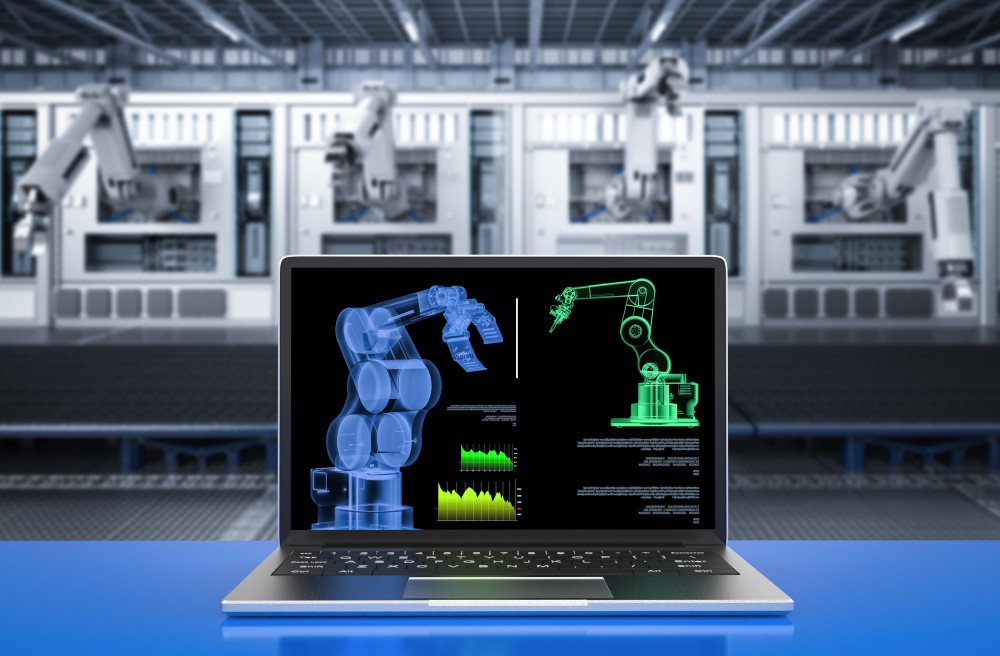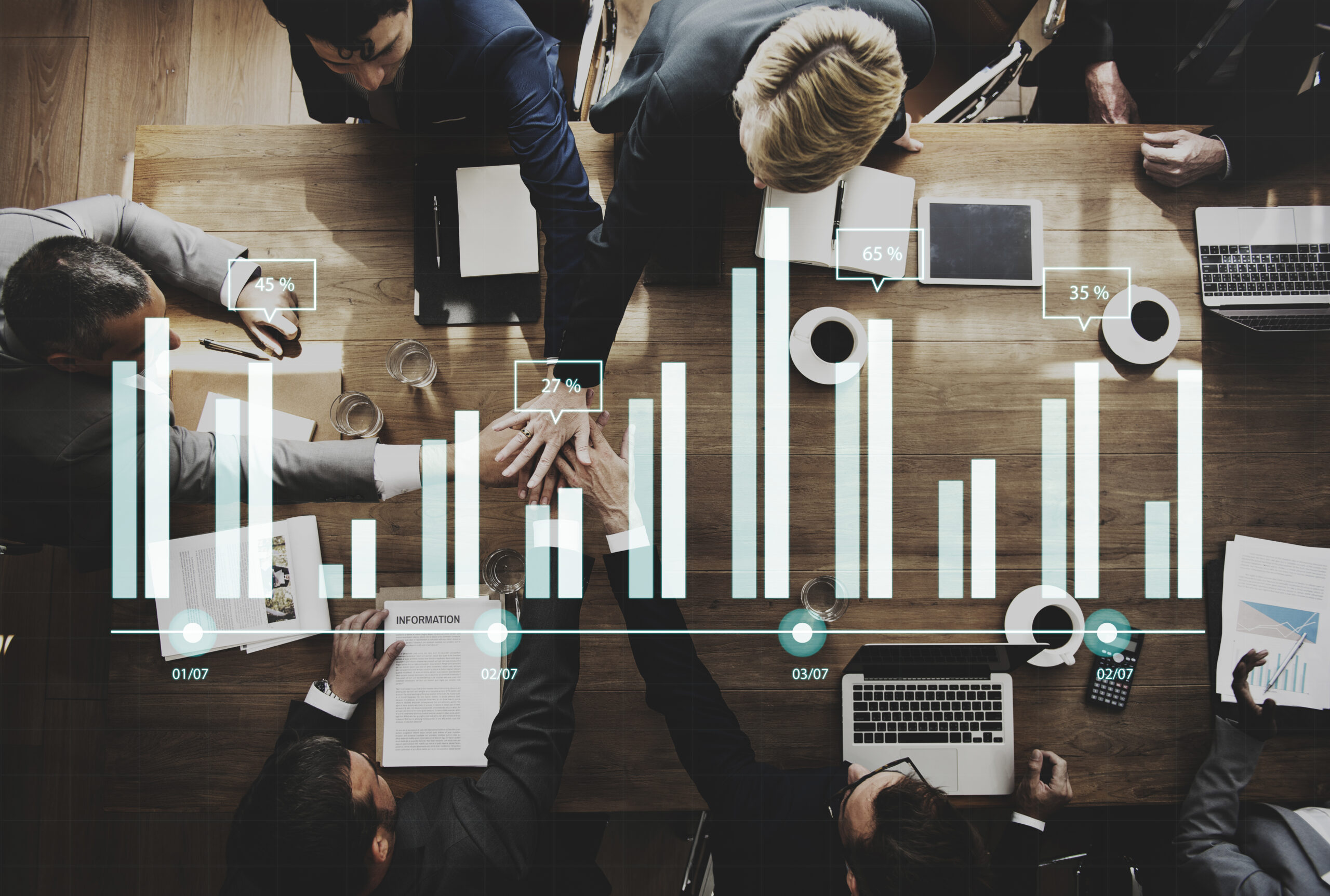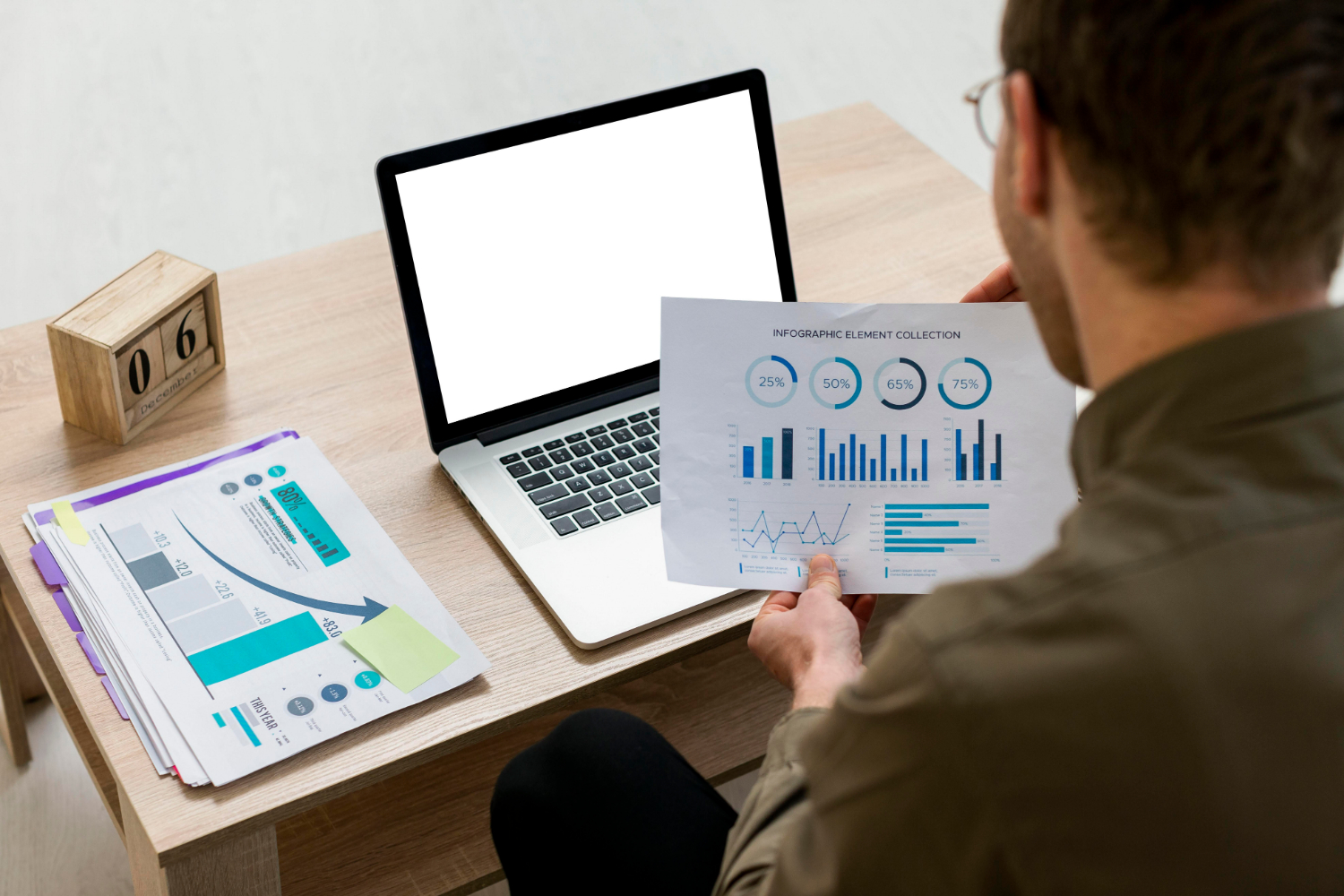Time series analysis is a critical process that enables the examination of data collected at regular intervals over time.
Using this method, we analyze historical trends in the data, evaluate seasonal changes and random effects. Particularly in sectors such as finance, energy, manufacturing, and logistics, where time-dependent data is prevalent, this analytical process helps us predict future trends.

Defining Time Series Data
For systems operating with time-based data, we classify data types as stationary or non-stationary. This distinction is a key detail in building the analytical model. Before analyzing, non-stationary series are converted to stationary forms to enhance the accuracy of the analysis processes.

Modeling Techniques
🡪 ARIMA (Auto-Regressive Integrated Moving Average): We use this model to understand how past data affects future values. It is particularly effective for forecasting complex and non-stationary series, such as financial data.
🡪 SARIMA: This model captures annual and seasonal cycles, making it suitable for analyzing time series with seasonal effects.
🡪 Exponential Smoothing: For short-term forecasting, we use this method to adjust trends and seasonality, improving demand forecasting for businesses.

Component Decomposition
We decompose time series into trend, seasonal components, and random fluctuations (noise) to analyze the dynamics of each component. This approach allows us to more accurately predict future trends in the data.

Autocorrelation and Partial Autocorrelation
By analyzing the relationships between a time series and its past values, we aim to predict how future data will be shaped. These techniques enable us to forecast the future behavior of the series.

Forecasting and Predictive Analysis
Using time series analyses, we build forecasting models based on historical data. This helps predict elements such as future sales, energy consumption, and demand trends, supporting decision-making processes.


















